By Nicholas Jensen, Executive Director of the St. Louis County Historical Society
Duluth’s history runs deeper than Lake Superior. And, like the mysterious depths of the world’s largest freshwater lake, you never know what you’re going to stumble on next. Here are just a few nuggets you might not have known about the Zenith City. Use them to plan a weekend of sightseeing or one jam-packed day of historic adventure.
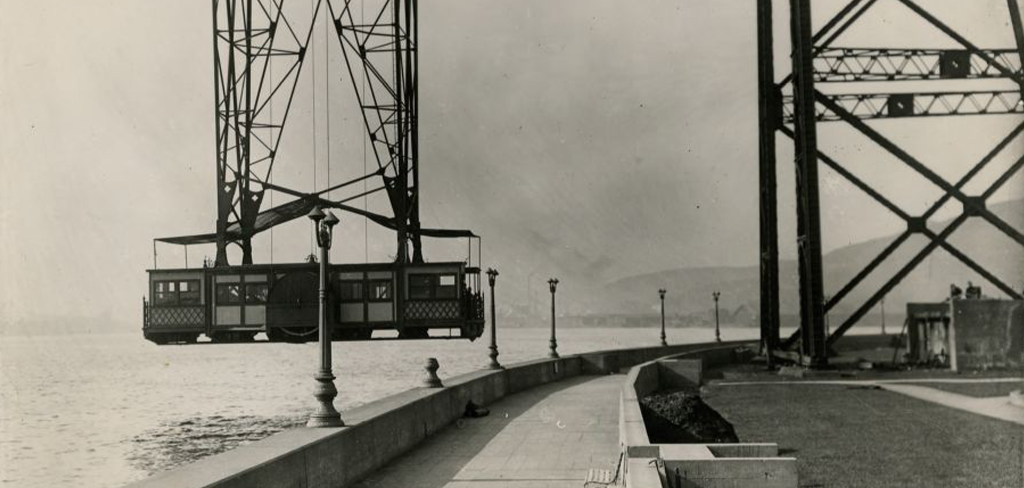
1. The Duluth Lift Bridge didn’t lift (originally)
The original bridge connecting Park Point to Duluth that was completed in 1905 didn’t actually rise. Rather, the bridge used a gondola car system to transport vehicles across. In 1929 it was modified to incorporate its iconic elevating roadway.
2. The arts have been present in Duluth since the beginning
While Duluth more than earned its reputation as a shipping and industry center, the arts were never far away. The Lyceum (1890-1966) opened in 1891, with the ability to host 1,200+ patrons in the space. The Grand Opera House (1883-1889) served as not only a performance space that could seat 1,000, but also served as the home to the Kitchi Gammi Club. This photograph by Hugh McKenzie shows the Lyceum theater ca. 1900.
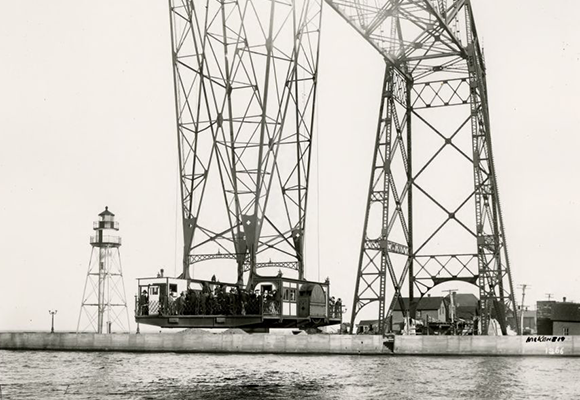
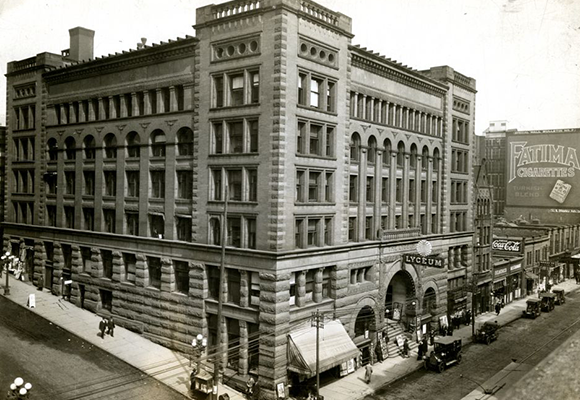
3. Move Over Sears-Roebuck and Wells Fargo!
While there are no catchy musical numbers about it, Duluth was home to the Marshall-Wells Hardware Company. Established in 1893 following Albert Marshall’s acquisition of the Chapin-Wells Hardware Company, Marshall-Wells became one of the nation’s largest hardware manufacturers with annual sales of 100 million dollars, and over a thousand retail stores in North America.
4. Canal Park wasn’t always a tourist destination
Quite the opposite, in fact. Canal Park originally functioned as an industrial center for decades and was zoned as such. By the 1960s, the area was looking far from its current appearance. Thanks to local leaders and a hotel/motel tax passed in 1970, Canal Park was cleaned up and tourism started to see growth into what it is today. Some old buildings remain, like the Dewitt-Seitz Building, which was originally a mattress manufacturing plant.
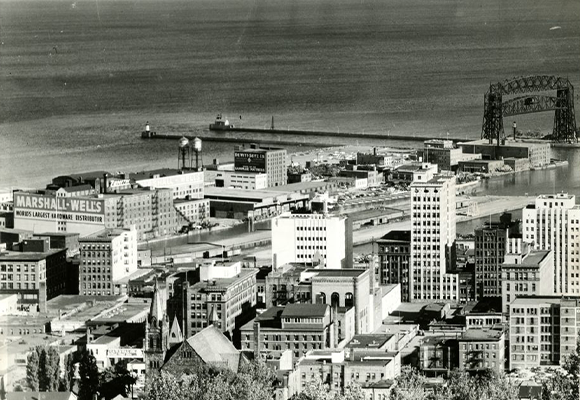
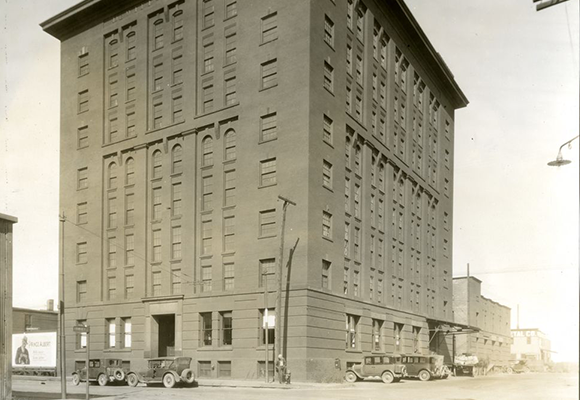
5. Public transportation took on the hills
Before the Duluth Transit Authority existed, Duluth had streetcars! Streetcars provided transportation not just on flat roads, but even up the steepest portions of Duluth’s hilly landscape. The last streetcars in Duluth ceased operation in 1939.
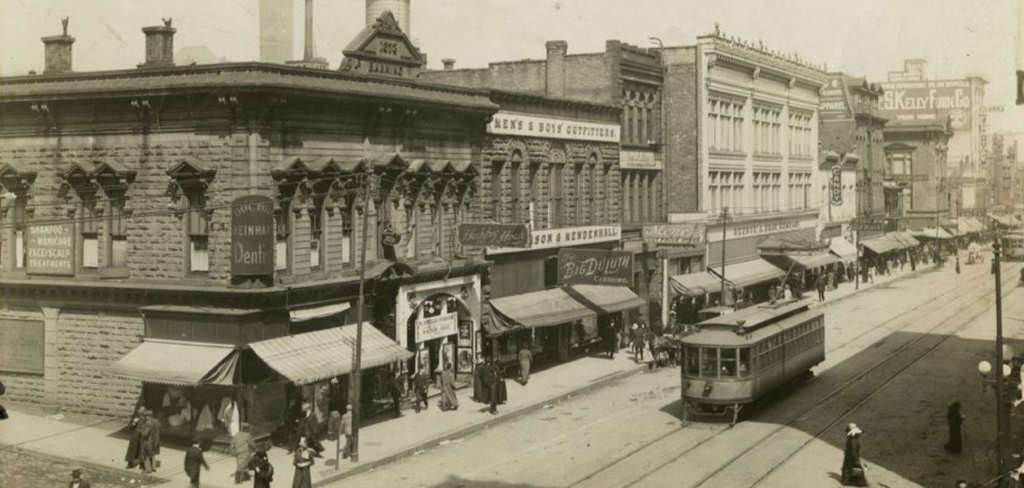
6. Duluth is a gateway to the Atlantic
While the story of Duluth’s canal being dug in three days in 1871 by every man, woman, and child of the city may be more legend than fact, it’s true that, thanks to the Great Lakes and the lock systems, a boat in Duluth can make its way to the other side of world! On that note…
7. Duluth is a shipping giant
We’ve all seen the lakers and salties coming in or leaving the Twin Ports, but just how much is being shipped? An average of 35 MILLION short tons leaves the Duluth-Superior Port annually, with the lion’s share of that being iron ore and coal.
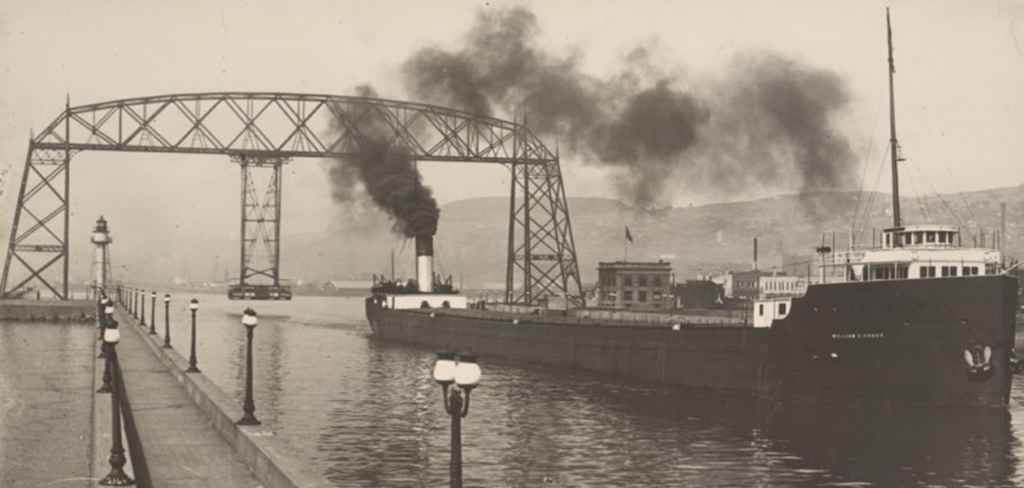
8. We were once the home of bad checks
One of Duluth’s most infamous ne’er-do-wells was Alonzo J. Whiteman, the “King of Forgers.” The son of a New York businessman, Whiteman was once the youngest member of the Minnesota Senate, representing Duluth for four years. Following legal woes and gambling debts, Whiteman turned to check forgery with over forty arrests in as many cities throughout his life. The St. Paul Globe in September 1902 carried the telling quote following several of Whiteman’s arrests, “Well, Lon Whiteman is either converted, or a great deal worse rogue than I took him to be.”
9. A bear almost started World War Three
Throughout the Cold War, Duluth was home to the Duluth Air National Guard and the 148th Fighter Wing Squadron. During the Cuban Missile Crisis, a sentry ended up mistaking a black bear for a Soviet spy and issued an intruder alarm. While corrected, an error led to a Wisconsin airbase receiving scramble orders and requiring an officer to drive onto the airstrip, waving his arms to stop the takeoff.
10. The world can thank Duluth for late night snacks
A favorite snack food for many, frozen pizza rolls, call Duluth home thanks to the businessman Jeno Paulucci and cook Beatrice Ojakangas. Born in 1918, Paulucci’s other ventures into food brands included Chun King and Michelina’s. Manufacturing of the Chun King brand was done on 525 Lake Avenue South back in 1954.
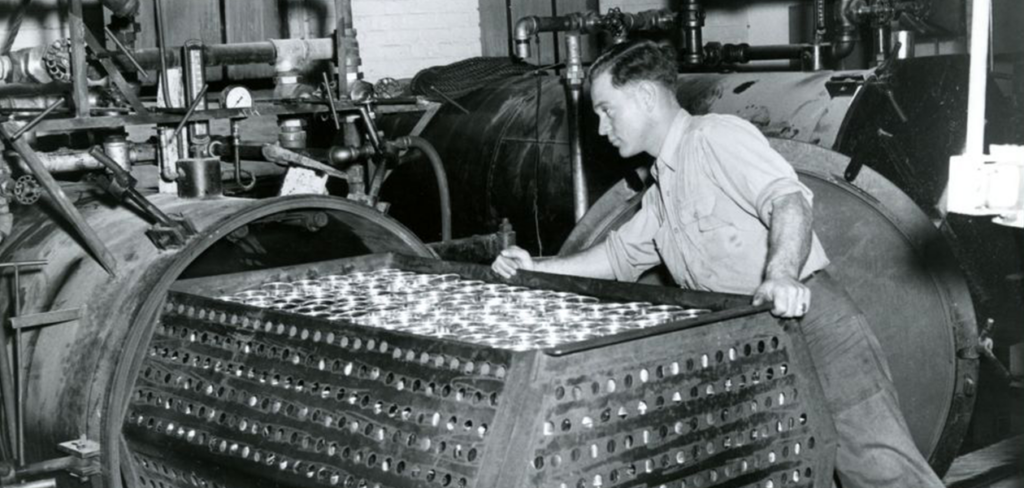
Nicholas Jensen is the Executive Director of the St. Louis County Historical Society. When not delving into the Society collections, Nicholas enjoys Duluth’s vibrant performing arts scene and tabletop gaming.
The selected images are from the Northeast Minnesota Historical Collections, on loan to the University of Minnesota Duluth Kathryn A. Martin Library by the St. Louis County Historical Society.


